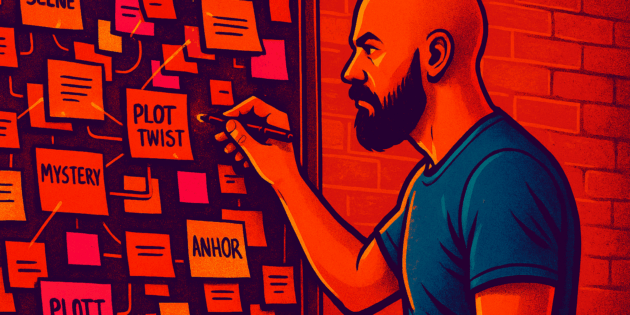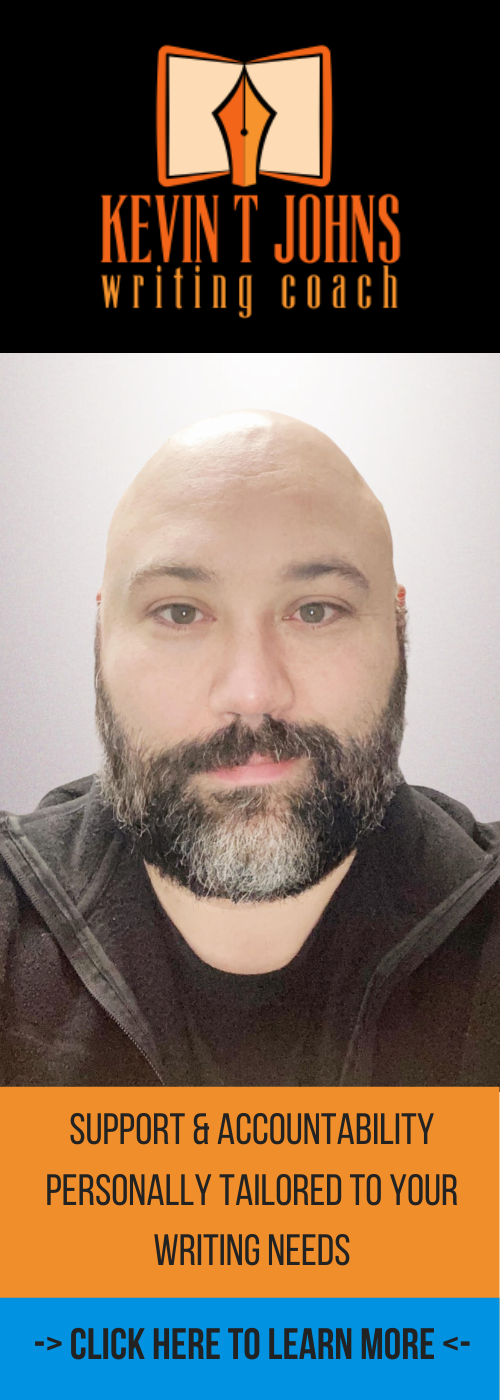Let’s face it: even with the best-laid plans, stories have a mind of their own.
Right now, I’m coaching several amazing authors through my First Draft group program—many of whom recently completed my Story Plan Intensive program, where they created detailed, well-structured outlines in just 30 days.
These writers aren’t flying by the seat of their pants. They’ve got their roadmaps, they’ve learned the fundamentals of writer’s craft, and they’re charging forward into the drafting process.
And yet… the plot holes appear.
One of my clients recently hit a snag. She was drafting along, following her solid outline, and suddenly realized: “Wait, I need a scene between these two scenes, and it’s not in the plan.” Her question?
“How do I figure out what needs to happen in this missing scene?”
It’s a great question. It comes up all the time. And the good news is, there are lots of ways to tackle it.
First: You Don’t Have to Solve It Right Now
Before we get into techniques for figuring out what needs to happen, let’s take the pressure off.
Several writers in my group chimed in with a smart piece of advice: skip the scene for now.
- Leave a placeholder (like a big ol’ “TK”).
- Jump to the next planned scene.
- Come back when the story has revealed more of itself.
Another writer, working on a multi-POV novel, suggested cutting to another character’s perspective. Can’t figure out what happens next with Character A? Switch to Character B. Let their journey continue while you give Character A’s thread a breather.
Yet another writer (a mystery author who drafts like a time traveler) said: write out of order entirely. Go wherever your creative energy wants to go. Fill in the blanks later.
These are great tactics for keeping momentum going.
But what if you actually want to figure out the missing scene right now?
Here are some tools and strategies to help.
1. Use the Scene & Sequel Model
This concept, popularized by author Cam Weiland, breaks scenes into two types:
- Scene: Something happens—action, conflict, decisions.
- Sequel: The character reacts—processes, reflects, regroups.
Look at the scene that precedes your gap. Was it a “scene” or a “sequel”?
If your last scene was full of action, maybe the missing one needs to slow down and let the characters respond emotionally.
If it was a contemplative moment, maybe it’s time to stir the pot again.
2. Try the Triptic Scene Structure
Think in groups of three:
- Setup
- Action
- Consequence/Fallout
Where does your missing scene fall in the surrounding sequence?
Is it:
- The setup that launches new tension?
- The action that turns the wheel?
- The fallout that reveals the cost?
This simple 1-2-3 rhythm brings cohesion and movement to your storytelling—and often highlights exactly what’s missing.
3. Revisit Your Macro Story Structure
If you completed Story Plan Intensive, you chose a big-picture structure to follow: maybe the Hero’s Journey, Save the Cat, the Harmon Cycle, or the Hollywood Three-Act Structure.
Now’s the time to go back to that macro framework.
Let’s say you’re in early Act II and you’re using the Hero’s Journey. That section typically includes Tests, Allies, and Enemies. So ask yourself:
- Does your protagonist need to face a test?
- Could they meet a new ally?
- Should an enemy show up?
Think about The Wizard of Oz.
Dorothy meets Scarecrow… and later the Tin Woodsman. But in between, we get the apple tree scene: an unexpected test that fills a pacing and structure gap.
It’s not in every outline, but it belongs there.
4. Ask “Why Don’t They Just…?”
This trick is gold for genre writers—but it works across the board.
Ask yourself what a smart reader might ask at this point in the story:
- “Why don’t they call the cops?”
- “Why don’t they use their powers?”
- “Why don’t they just leave?”
Then write a scene that answers that question.
This keeps the logic airtight, plugs potential plot holes, and often results in some of the most engaging moments in your book.
5. Move an Object
Here’s a wildcard move I love: take an important object and transfer it to another character.
Let’s say your character’s been clinging to a lucky locket, a magical amulet, or a prized bowling ball. What happens if someone else gets hold of it?
- Does it spark conflict?
- Trigger a chase?
- Reveal something unexpected?
This is the kind of small change that can create massive ripple effects across your plot.
6. Ask Yourself Why the Protagonist Doesn’t Just Run
Every protagonist faces challenges, and let’s be honest—most sane people would try to run.
So why doesn’t your hero?
Maybe:
- They’re tethered to someone or something (like a prophecy, a psychic link, or a family member in danger).
- They have no way out.
- They’re finally standing up to fear.
In literary fiction, the antagonist might even be the protagonist’s own psyche—something they literally can’t escape. That’s powerful stuff.
Sometimes, the missing scene is the one that cements the protagonist to their path—the moment that makes running away no longer an option.
Plot Holes Are Invitations, Not Obstacles
If you’re staring at a hole in your plot right now—whether during outlining or drafting—I hope this helped.
—
Kevin T. Johns is one of Canada’s top writing coaches. Join him and a small group of writers this July at The Ottawa Writers’ Retreat for five days of deep writing time, expert guidance, and creative camaraderie.






